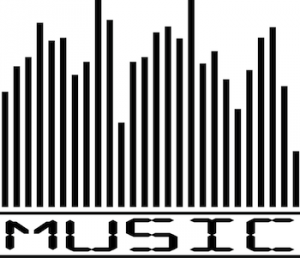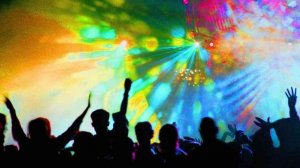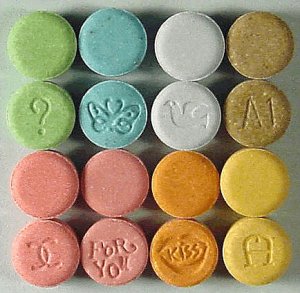The genre the common citizen refers to as techno in actuality is a sprawling network of sub-genres and musical influence. The more educated listener refers to “techno” as EDM, or Electronic Dance Music. EDM can be heard in many forms of music today; in recent years it has grown in popularity unseen to years prior. As electronic music continues to grow, many will find just how possible it is to forget the broadening genre’s origins. To combat this informational ignorance, a trip through time is required.
As unbelievable as it may seem, electronic music’s origins can be traced back to the disco scene in the 1970’s. This early parent, although not your conventional dance music, shows its impact on the genre today. Although the overall sound of the music has changed, the motive behind it still shines through today. Making good music that many people can enjoy and dance too. EDM’s first song, under today’s standards, was released in 1977. It’s called “I Feel Love” and it is a collaboration between producer Giorgio Moroder and vocalist Donna Summer. Albeit a primitive example of the more technical, and refined synths the populace is used to in the current day, one with a ear for musical similarities can definitely pick out the synonymous rhythms, genre influences, and even beats per minute that are alike.
After the first trials of including computers and electronics in music was arguably a hit, the genre took off. In the early 1980’s a subgenre would emerge that would define what is considered EDM from those early beginning years and beyond. Acid House began amongst an underground scene in the united kingdom. The pounding bass, the simply repetitive nature, and the overall attitude of those in the know of Acid-House would spread the phenomenon across the Atlantic Ocean over to the youth of the United States.Taking a firm grasp of both the United Kingdom as well as the states. That firm grasp has yet to let go, as EDM’s culture is continually spread to this day. A large jump in popularity took place near the end of the 1980’s and on into the early 1990’s.
Rave may be held in an abandoned warehouse, factory, or even way out in the middle of farm country. These events were shrouded in mystery with flyers being handed out by ravers to fellow ravers, law enforcement was largely kept out of the loop. This posed a problem as many of these gatherings would be illegally hosted by the dilapidated buildings, posing a public safety risk. If inside one of these events, most would be amazed, the sheer technical prowess exhibited by EDM in the 1990’s was to the youth what rock and roll was to the youth of the 50’s. A new type of music that adults despised, yet did not truly understand. The parents of fans in the 1990’s had good reason to fear this new genre, and the mentality that came in tandem. As the music brought people closer at events known today as raves, a notorious substance was gaining control amongst those present. This substance is known today as ecstasy, or it’s chemical name MDMA (methylene-dioxymethamphetamine). Scientifically known as an empathogen, a label belonging to drugs which produce empathetic responses in users, ecstasy would become intertwined with the genre causing widespread fear and hysteria. MDMA raises core body temperature by a few degrees for its duration; a relatively benign side effect on its own, but when paired with hundreds of other user’s all dancing in a stuffy warehouse, temperature’s can rise to deadly limits. In many cases young teens, ignorant to the dangers, would take ecstasy resulting in numerous tragedies.
 Post title...
Post title...



 LoganSlavik
LoganSlavik